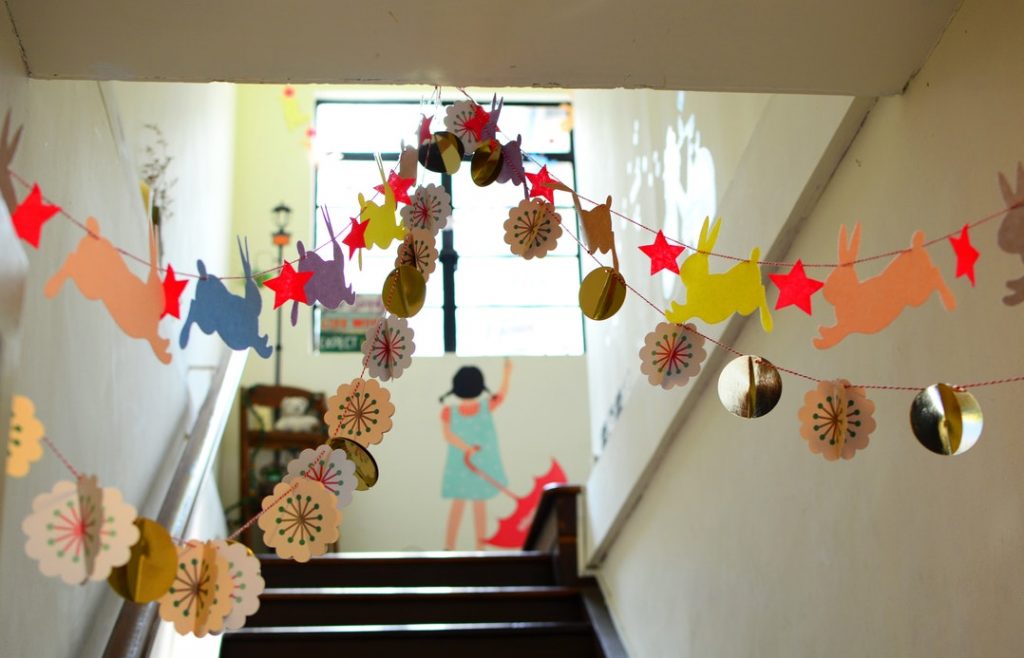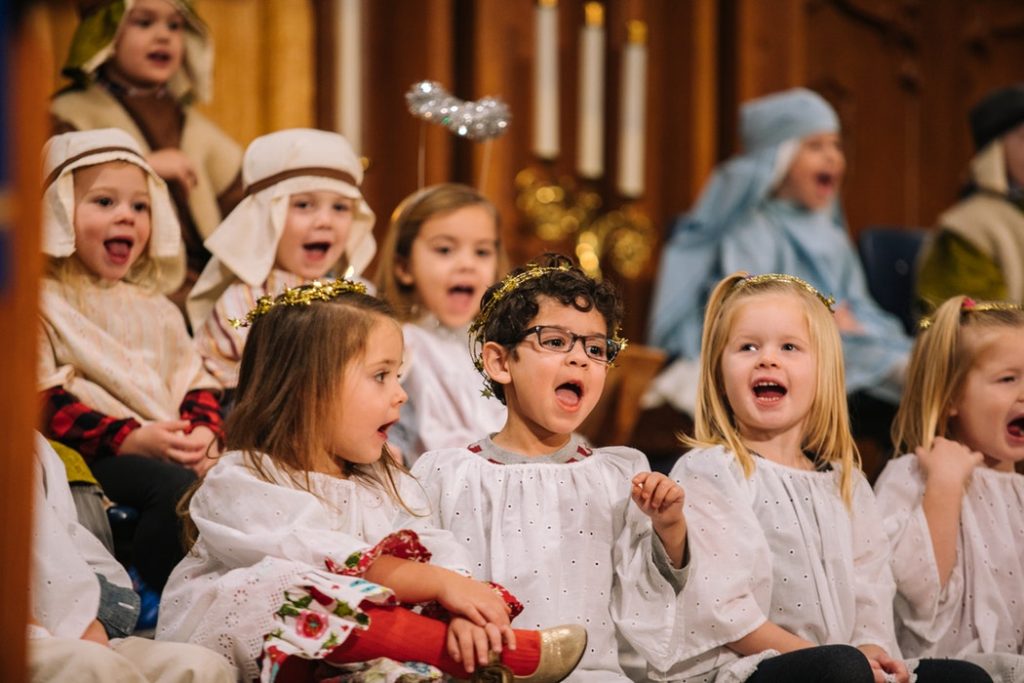As a parent, there are few decisions more pressing than where your child should go to school. Those early years of cutting, sticking and learning to read are the springboard for the next 16 plus years of your child’s education, and could shape an enthusiasm for academia or a loathing of it, so it’s important to make the right choice.
For many, the time to start looking at schools has crept up even faster than your child has grown from tot to preschooler, and now that they’re all grown up,time is running out to secure that place. Well, fear not – from catchment areas to curriculums and everything in between, here’s the IDEAL guide to picking a primary school for your child.
UNDERSTANDING CATCHMENT AREAS
To secure a place in a state school, you’ll need to live within the “catchment area”. Consider that there are roughly 10 applicants for every available place at a popular school, and you’ll be keen to get your foot in the door early. Does this mean you should live as close as possible to the school of your dreams? It’s a little more complicated than that, though the distance is a factor. Your child may get a place if an older sibling already attends the school even if you don’t live near the catchment area. Church schools also accept applicants based on faith rather than where they live.
CAN’T YOU JUST LIE?
You could lie to secure a place for your child, and many people do, however, this is obviously bad form, sets a bad example and is pointless. People who do lie are referred to as catchment area cheaters, who will lie about where they live and even their religion to score points with a school they want to get into. These people might earn their child a place at the local primary school, but they run the risk of getting kicked out if anyone discovers their secret; the shame of such an action, we think, should discourage even the most desperate among us.
This all seems a little unnecessary, however, when you could just get your child’s name down early for a few good schools in your area and hope for the best. Another option, if you can afford private school, is to send your child to an independent school, like one of the North Bridge House campuses in London.
SEE THE SCHOOL IN ACTION
Most schools hold open evenings for parents to look around with their kids, but according to teachers, the best way to gauge what a school is really like is to see it in action during the daytime. You’re bound to only see the polished side of something when it’s being sold to you, but your child’s education is more important than a new kettle or a coveted pair of shoes. So look around the school during daytime hours and note the atmosphere, how teachers talk to pupils, how pupils interact with one another and what are the children learning.
ARE YOUR GUT INSTINCTS VALID?
Some parents claim to have “gut instincts” about their children since the moment they were born. Wherever that parental sixth sense comes from, it’s usually trying to tell us something that deep down we perhaps already know. So don’t ignore those feelings you get about a certain teacher or a particular classroom atmosphere. If a school doesn’t feel right, probe to find out more. Of course, no school is going to be 100 percent perfect, but it’s important that you get a good general feel for the place because your child will pick up cues from you.








